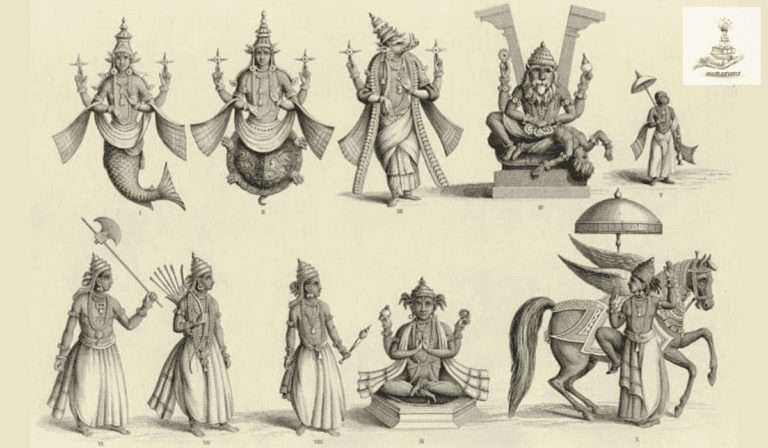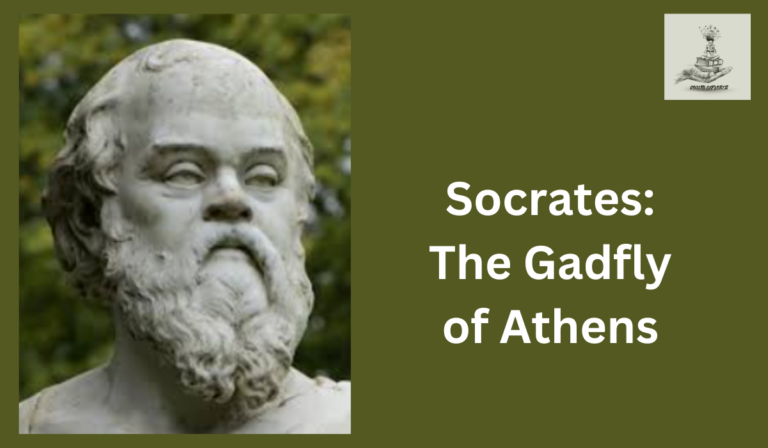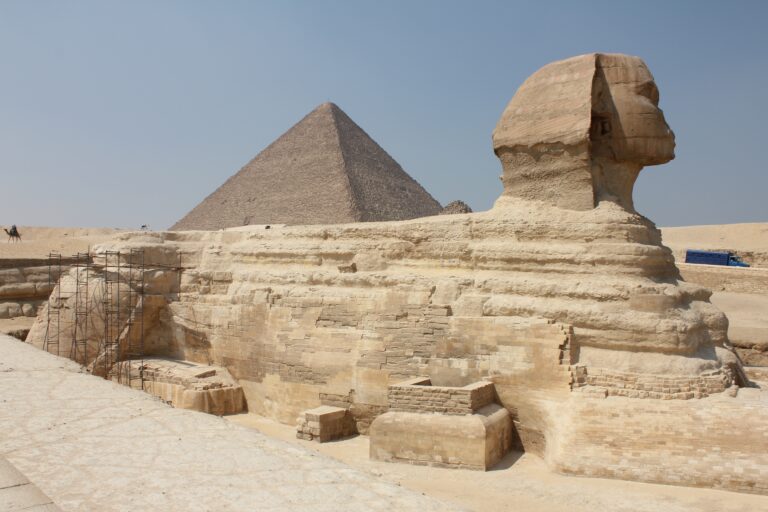Exploring the Original Ram Mandir in Ayodhya
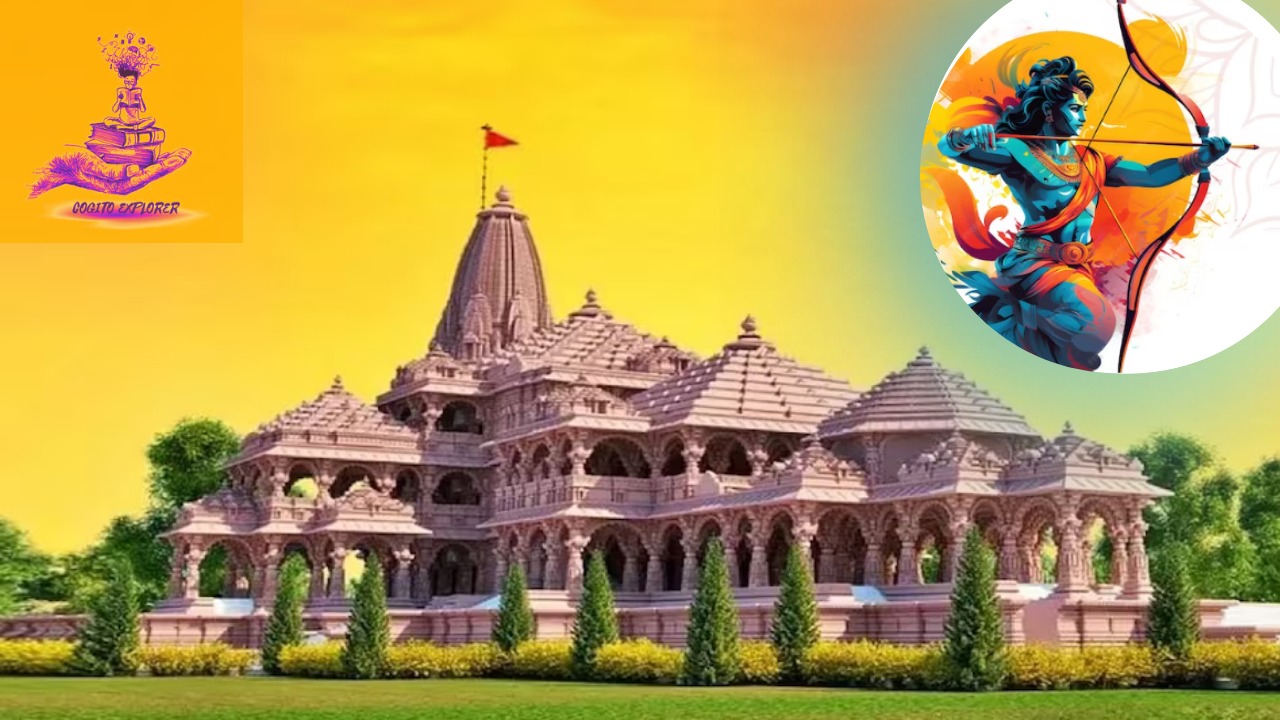
Let us explore the sacred journey of the Ram Mandir, a divine Hindu temple being reconstructed in Ayodhya, India, at the very birthplace of our revered Lord Rama.
History of Ayodhya Ram Mandir
Centuries ago, Ayodhya, Bharat, witnessed the birth of Lord Rama, an incarnation of Vishnu, as per the ancient Indian epic Ramayana. A historic temple was constructed and worshipped for centuries by the devotees.
The story takes a historical turn in the 16th century when the Babri Masjid was constructed, unrooting the ancient temple at the birthplace of Rama. The remnants of the unrooted temple were also excavated during centuries-old trials. Fast forward to 1858, when British authorities restricted Hindu rituals at the contested site. Leading to the creation of a platform for rituals outside the mosque.
In the 1940s, Sadhus installed idols of Ram Lalla at the disputed temple site, setting the stage for future events. The 1980s marked a turning point when the Vishwa Hindu Parishad (VHP) initiated efforts to reclaim the site and build a temple dedicated to infant Rama. The subsequent years saw the laying of the foundation stone and the eventual demolition of the mosque in 1992, sparking unfortunate communal violence. It is often seen as the direct effect of the Rath yatra initiated in 1990 from the Somnath temple towards Ayodhya, under the leadership of prominent political leaders Lal Krishna Advani, Sadhvi Nisha Rithambara, Uma Bharti, Vijyaraje Scindia etc.

Ayodhya Ram Mandir inauguration
In 2020, under the auspicious leadership of Prime Minister Narendra Modi. The foundation stone for this sacred temple was reverently laid. The ongoing construction, carefully supervised by the devoted Shri Ram Janmabhoomi Teerth Kshetra Trust, is a testament to the unity and dedication of our people.
As we eagerly anticipate the grand consecration ceremony on January 22, 2024, when the infant form of Lord Rama, Ram Lalla, will be ceremoniously placed in the sanctum sanctorum, we stand united in the spirit of faith, devotion, and shared reverence for our beloved Lord. The Ram Mandir is not just a physical structure. It is a symbol of our collective faith and heritage and the embodiment of centuries of devotion to Lord Rama. May this temple be a beacon of peace, harmony, and spiritual enlightenment for generations to come. Jai Shri Ram!
Ayodhya Ram Mandir Opening Date
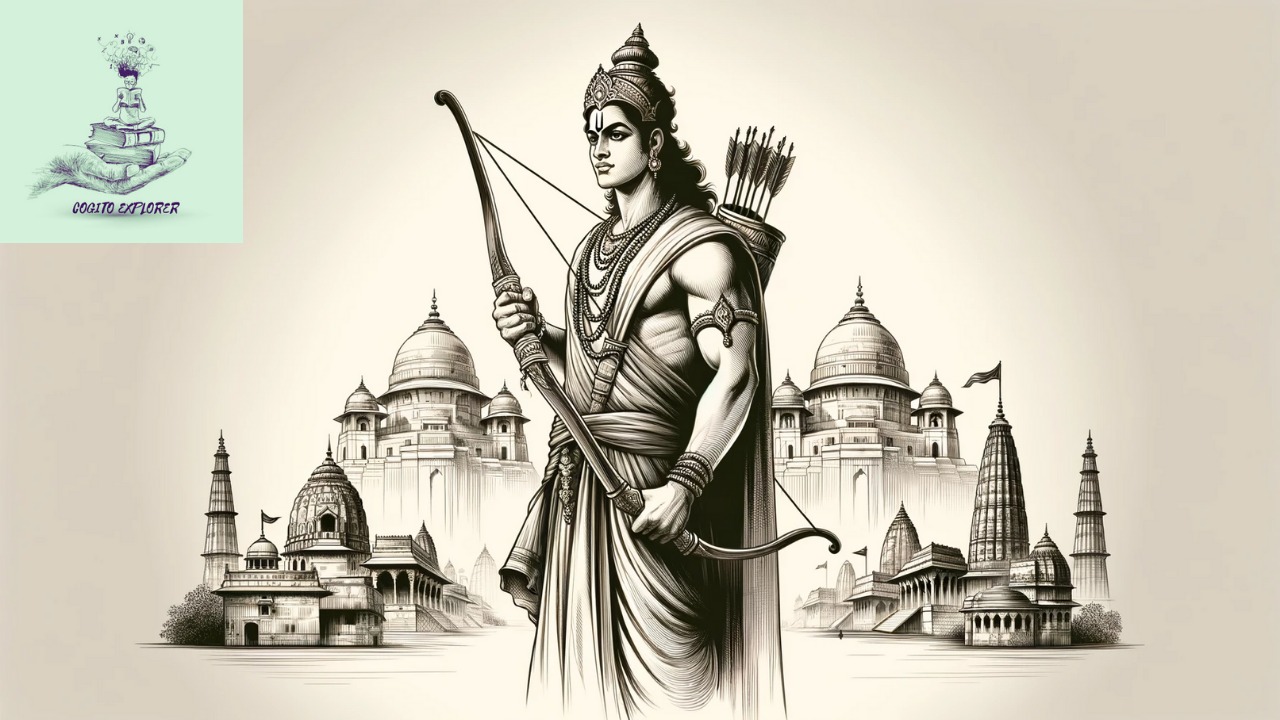
Great news! The official announcement is out – on January 22, 2024, the Lord Ram idol will find its place in the garbhagriha (sanctum sanctorum). Champat Rai, the General Secretary of the Sri Ram Janmbhoomi Kshetra Trust, will be doing the honors. Even more exciting, an invitation has been extended to Prime Minister Narendra Modi to attend this special ceremony. It’s a momentous occasion, and we can’t wait to witness the auspicious installation of the Lord Ram idol. Mark your calendars for this joyous event!
Schedule For Aarti on January 22, 2024
Shrinagar Aarti – 06:30 AM
Bhog Aarti – 12:00 PM
Sandhya Aarti – 07:30 PM
Important Notice:-
Due to security concerns, only the pass holder would be able to attain the Aarti. Devotees will be able to get their passes from the official website, i.e. srjbtkshetra.org.
One more thing: only 30 passes will be allotted for each Aarti.
Here are six simple steps to book your online Aarti passes
- Visit the official website of Shri Ram Janambhoomi Teerth Kshetra (https://srjbtkshetra.org/).
- Enter your mobile no. & login using OTP.
- On the home page, click on the Aarti Section.
- Select the date and type of Aarti you wish to attend.
- Enter details such as name, address, photo, and mobile number.
- During your temple visit, collect your passes and enjoy the Aarti.
Invitee to the Ayodhya Ram Mandir Ceremony
A diverse group of 25 individuals, including farmer and conservationist Rahibai Soma Popere, Popatrao Pawar, and economist Rahul Rathi. The famous industrialist Abhay Firodia has been invited from Pune and Maharashtra for the consecration of the newly constructed Ram Mandir in Ayodhya on January 22, 2024.
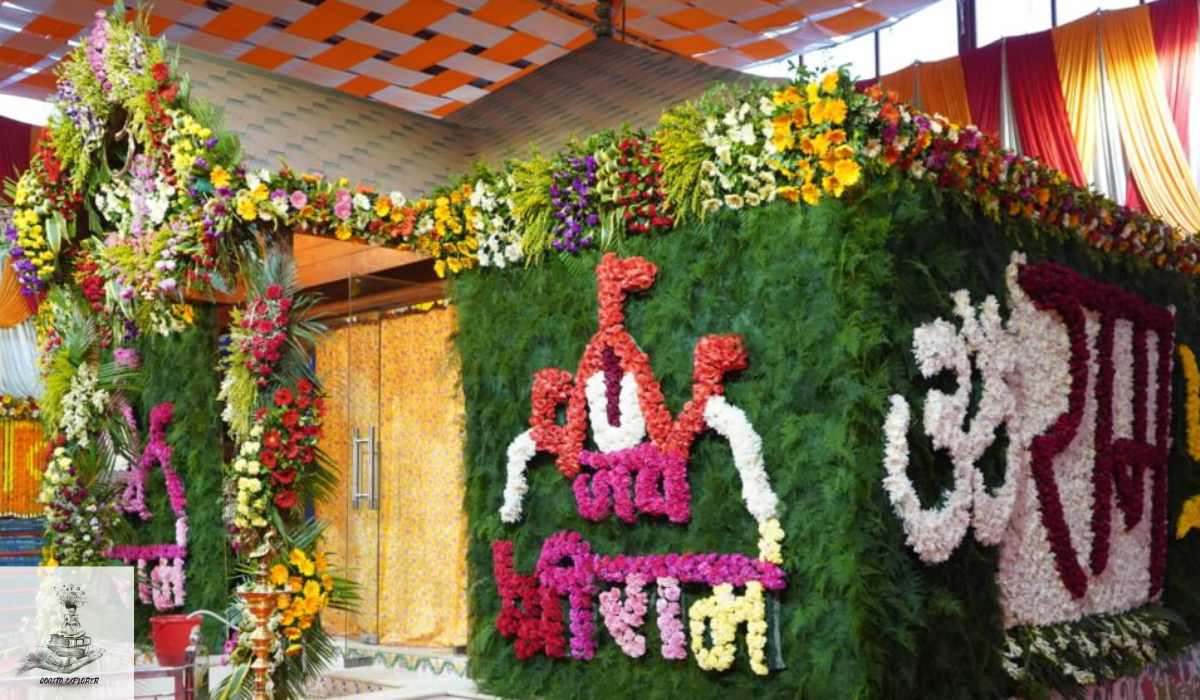
Only 5,000-6,000 people are invited nationwide for the event when Prime Minister Narendra Modi performs the Pran Pratistha. Notable names on the list include industrialists Dr. Baba Kalyani and Amit Kalyani, sportspersons Kavita Raut and Anjali Bhagwat, social activist Anna Hazare, and Bollywood figures like Amitabh Bachchan, Akshay Kumar, and Rajinikanth, among others.
Where is Ayodhya Ram Mandir located –
To locate us on Google, enter the following address: Temple Construction Workshop, Ramghat Intersection, Near Manas Bhawan, Ayodhya, Uttar Pradesh.
Distance from Ayodhya Airport to Ram Mandir
When traveling from Ayodhya Airport to Ram Mandir, the distance spans approximately 9.6 kilometers, with a convenient travel time of around 25 minutes by road.
Ayodhya Railway Station to Ram Mandir
For those arriving by train, the distance between Ayodhya Railway Station and Ram Mandir is approximately 6 kilometers, providing easy access to the sacred site.
Convenient Parking at Ayodhya’s Ram Temple
Parking at Ayodhya’s Ram Temple is made easy, with ample space available for more than 600 automobiles right at the site, ensuring a hassle-free visit for devotees and tourists.
Ayodhya Ram Mandir’s current image

I am sharing the Ayodhya Ram Mandir photo to help you with identification. The current image of Ram Mandir attracts you to visit the place. The Ram Mandir’s excellent design invites people to see the beauty for themselves. Those who are fans of art and religious people should make time to visit.
Best Places to Visit Near Ram Mandir
Hanuman Garhi Temple: Immerse yourself in the spiritual aura of Hanuman Garhi Temple, a revered site known for its deep-rooted cultural significance.
Nageshwar Temple: Explore the divine ambiance of Nageshwar Temple, offering a serene setting for worship and reflection.
Sita ki Rasoi: Delve into the historical charm of Sita ki Rasoi, a symbolic place associated with the epic Ramayana.
Kanak Bhavan: Experience the architectural marvel of Kanak Bhavan, a prominent landmark with rich historical and religious significance.
We have here provided a helping hand in making an itinerary to witness the long traveled journeys end towards living the cultural right of the majority of the country’s population.


